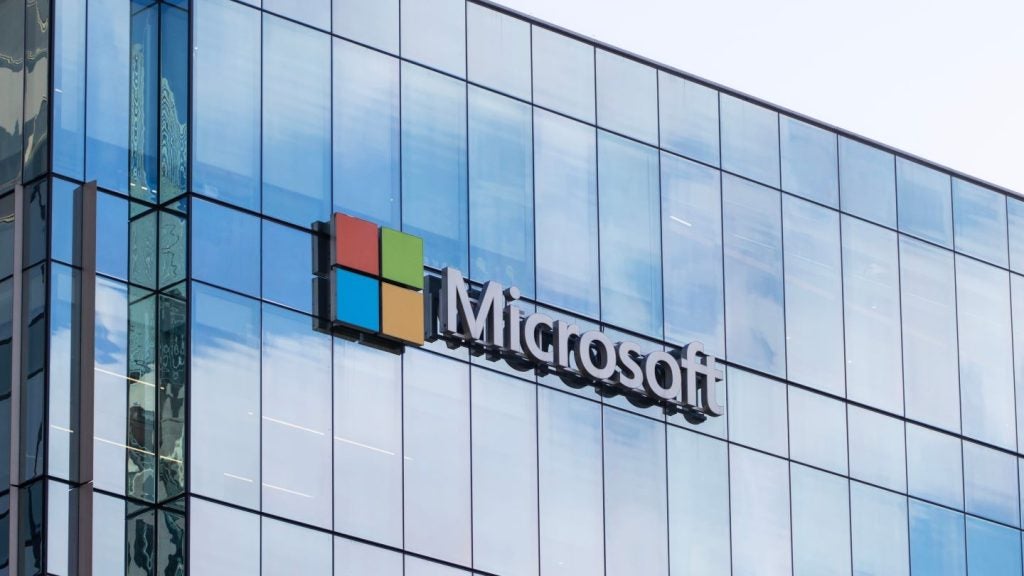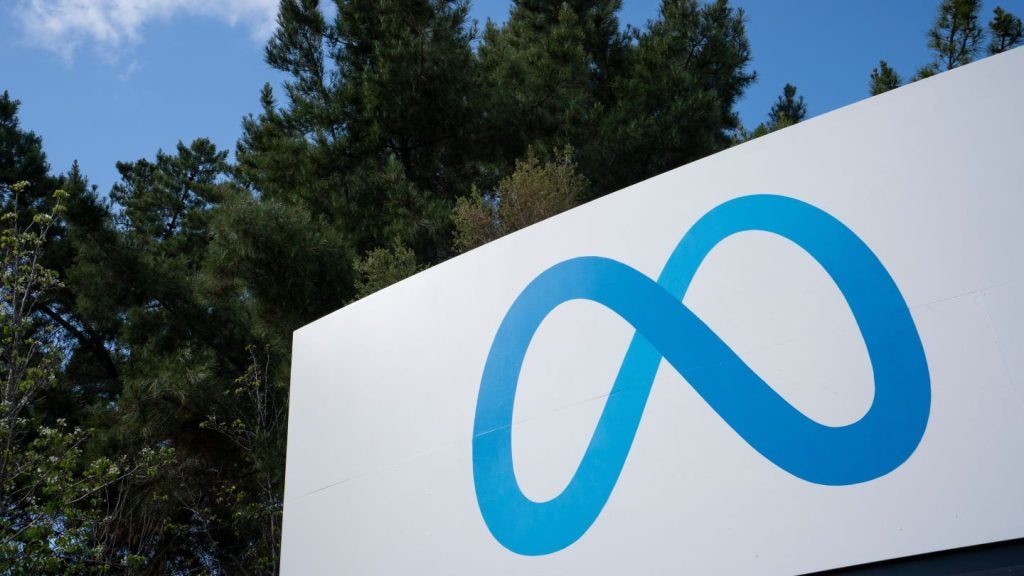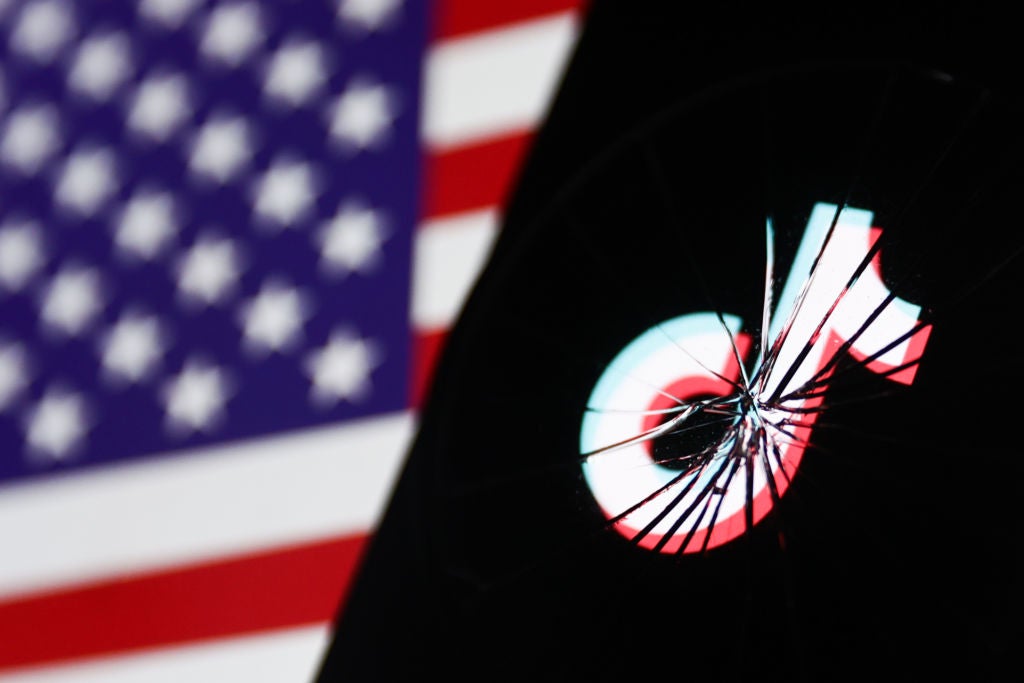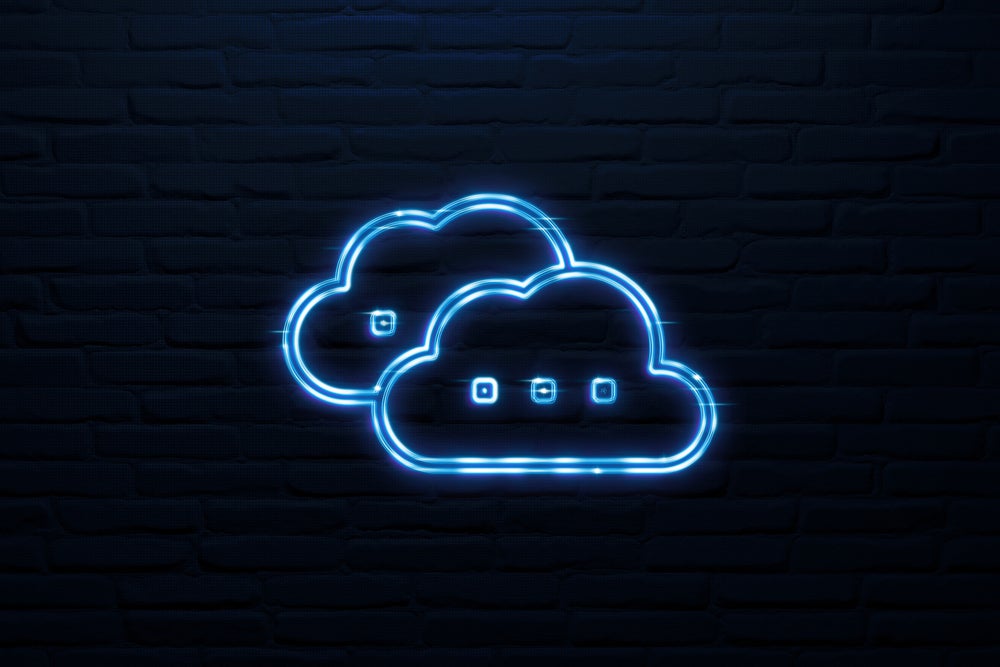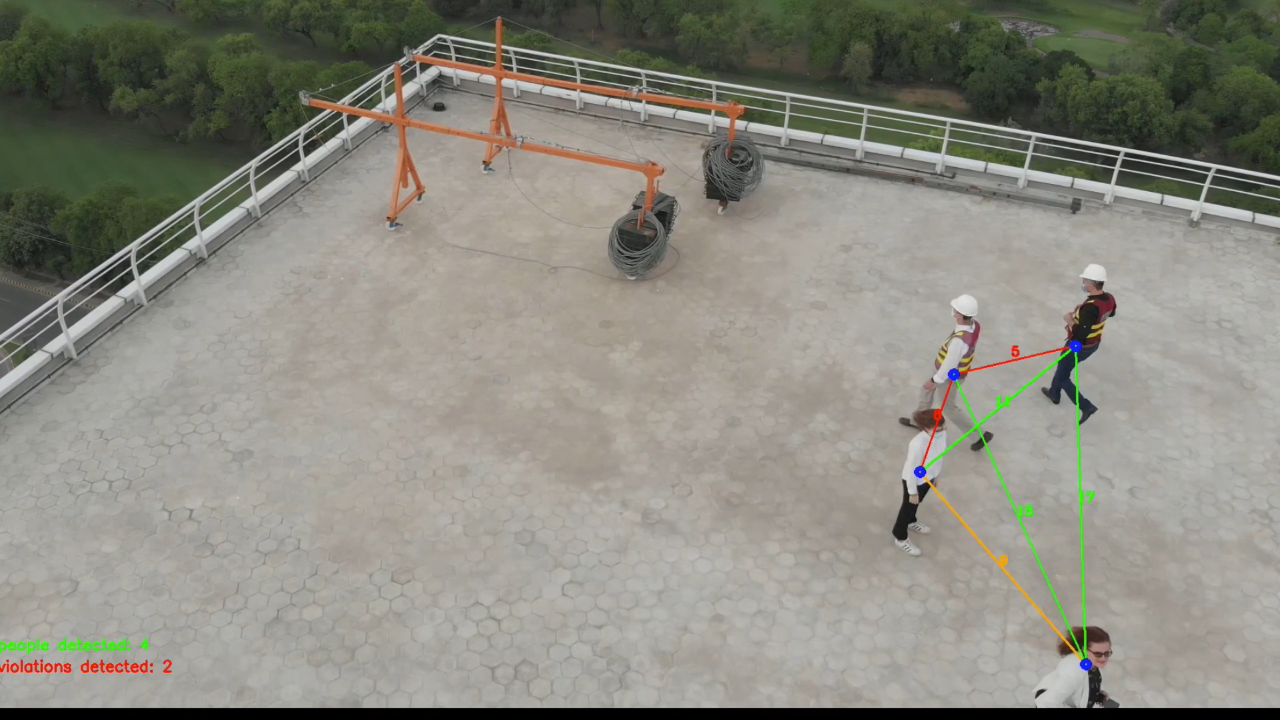
While many employees have now adapted to working from home due to the ongoing Covid-19 pandemic, for those whose role makes remote working impossible, such as those working in manufacturing or industrial settings, employers are faced with the task of balancing productivity with safety.
The UK government has released guidelines designed to ensure workplaces are Covid-secure, with factory, plant and warehouse workers currently advised to adhere to social distancing wherever possible, keep workplaces clean, wear face coverings in enclosed spaces where social distancing isn’t possible and isolate for at least ten days if they have Covid-19 symptoms.
However, ensuring employees are adhering to such guidelines, and thus reducing the likelihood of a Covid-19 outbreak, is a challenge that many employers are currently grappling with.
As well as hand sanitiser stations, social distancing measures and temperature checks, some businesses are looking to technology as a means of improving workplace safety.
Pivoting in response to Covid
Formed in 2017, EmpiricAI is well versed in deploying technology in an industrial setting. It provides AI-based analytics solutions that enable companies to leverage the data generated within their organisation. Using data analytics, the company creates actionable insights for improving efficiency and preventing shutdowns within a plant.
Like many companies, EmpiricAI has had to pivot its focus in response to the pandemic, with many of its industrial analytics customers facing Covid-related disruptions.
How well do you really know your competitors?
Access the most comprehensive Company Profiles on the market, powered by GlobalData. Save hours of research. Gain competitive edge.

Thank you!
Your download email will arrive shortly
Not ready to buy yet? Download a free sample
We are confident about the unique quality of our Company Profiles. However, we want you to make the most beneficial decision for your business, so we offer a free sample that you can download by submitting the below form
By GlobalData“We started marketing [the industrial analytics product] earlier this year and then Covid hit and industries were concerned about bigger issues,” Salman Chaudhary, CEO at EmpiricAI, told Verdict. “Their supply chains had gotten disrupted so they tried to figure out how to get the raw materials and whatever else they needed to continue production.
“Customer demand had fallen down and there was uncertainty around how they could manage through the pandemic with regards to keeping their employees safe and keeping their factory lines or their shifts operational without risking infection. Some of the things that we were propositioning with our industrial analytics product became secondary in nature. Survival for a lot of these industrial plants was what they were focused on rather than efficiency.”
In response to this, EmpiricAI launched its Worksafe Analytics product, which instead of improving efficiency, improves safety and social distancing within a workplace, a key concern for businesses.
“Our Worksafe Analytics product is a computer vision AI-based product,” said Chaudhary. “We like to think of it very much as an IIOT [industrial internet of things] type of a product. For our industrial analytics product, we gather our data from sensors in a plant. And for our Worksafe Analytics product, which is designed to keep workplaces safe, we are gathering a similar kind of data but from cameras.
“What we’re doing is we’re analysing that data with the same set of analytical capabilities that we have developed for an industrial plant which has very significant amounts of data…we provide [data on] violations or non-compliance on any social distancing that a company or an organisation might have.”
Promoting employee safety
He explained that the product’s function can be split into two main uses. Firstly, it provides real-time monitoring of specific criteria, with algorithms able to identify whether employees are wearing masks correctly or are social distancing, based on CCTV camera footage.
The second element is the ability to monitor compliance over time, with companies able to gain a better understanding of where violations are typically occurring, at what time of day, and whether incidents are increasing or decreasing over time.
Chaudhary explained that this overview is important for employers when assessing how effective their safety measures have been:
“We provide those insights to companies that will then help them gauge how effective their current measures are around education, around awareness, and around physical measures they have put in place. They can actually see how effective they’ve been based on the data that’s being presented rather than just a few people noticing things.”
“We think it’s really important to have that full-circle view not just the monitoring in real-time and the alerts that are coming out as a result of non-compliance, but also the view over time and a measurement of how effective your initiatives have been within your workplace that I think is maybe more important.”
In fact, Chaudhary explained that one client, a corporate office, believed it had around 90% compliance with its Covid-19 safety measures, when in reality EmpiricAI’s Worksafe Analytics tool revealed that compliance was below 50%. Through such insights, the organisation was able to improve compliance levels.
Chaudhary told Verdict that the company had experienced “tremendous amounts of inbound interest even before we launched our product”.
The privacy debate
Although undoubtedly ensuring employee safety is highly important, the Covid-19 pandemic has sparked a larger debate around surveillance in the workplace and beyond.
While a greater understanding of population movement is a valuable tool in the fight against Covid-19, privacy advocates have expressed concern that the pandemic could lead to an erosion of privacy.
This is also evident in the workplace, with a rise in interest in contact tracing, wearable devices designed to help enforce social distancing and other technological solutions have led to concerns that employees may soon be faced with greater levels of surveillance.
According to research conducted in 2019 by Accenture, 62% of C-level executives said that their organisations had started using new technologies to collect data on their people and their work “to gain more actionable insights”.
While the majority of these tools are being used to improve employee safety rather than performance or other factors, there are concerns that they could pave the way for more invasive technologies.
A survey by TUC found that 70% of workers think that surveillance is likely to become more common in the future and 66% are concerned that workplace surveillance could be used in a discriminatory way if left unregulated.
Chris Jeffery, data privacy partner at law firm Taylor Wessing, said it is vital that organisations think carefully before deploying technology:
“The key is to think about whether more intrusive technologies are necessary to limit infection risk. They won’t automatically be OK. Organisations need to do an overall risk assessment of back-to-work measures from a HR perspective, and the use of technologies should form part of that overall assessment.
“Just because it ‘feels right’ to use available technology when there is a pandemic on, it doesn’t mean it is OK, from a GDPR perspective. It is crucial to show that this processing is necessary and proportionate, in the context of the risk to health and all the other practical steps that organisations are looking at: increased sanitisation, social distancing, limited employee numbers present at any one time etc.”
Individual privacy versus communal safety
Of course, expectations surrounding workplace privacy vary from country to country, as well as based on industry. When it comes to EmpiricAI’s Worksafe Analytics product, Chaudhary explained that it can be configured to fit different privacy levels. This can include choosing whether to send alerts to an individual or an office manager when social distancing or other safety measures aren’t being adhered to.
“There’s obviously a broader debate around individual privacy versus communal safety or the risk of disruption to an entire business and the way we’ve approached this is we’ve put in place the ability to configure it to either extreme if a company or an organisation wants to do that. We don’t enforce that,” he said.
He added that countries with more relaxed privacy laws, such as in Asia, companies using EmpericAI’s software have the ability to tag individuals as non-compliant.
The product can also be configured so that individuals are kept anonymous, or so that text-based rather than visual alerts are generated.
While the product complies with regulations specific to the region in which it is deployed, such as GDPR, EmpiricAI leaves decisions around configuration up to the organisations themselves.
“We don’t want to be the policeman here… where there is flexibility around configuration we leave it up to the companies in what they would like to do and what sort of information they want to store. It’s totally up to them,” he said.
Although he did not specify whether companies should obtain employee permission before deploying workplace monitoring solutions, Chaudhary said he supports transparency in this area:
“We are providing a solution that is very configurable and fits on both sides of a spectrum. I think companies should be open about what they’re monitoring. How they’re monitoring their employees and most companies have cultures that will be somewhere on that axis of lots of rights for individuals versus lots of rights for companies.”
Data security
When it comes to security, Chaudhary said that the data processing occurs within an organisation’s existing infrastructure, which means “most” of the processing happens on a company’s own systems.
“The only data that’s taken to the cloud, which is where our analytics sits, is either if you choose to configure for images to be uploaded or just the textual information about the images,” said Chaudhary. “And that is being protected by several layers of security and all the different security protocols and standards ranging from cybersecurity to privacy of data….we’re compliant with a lot of the industry standards on data security.”
“There will be more surveillance that companies use”
Looking to the future, Chaudhary explained that the product is designed to still be of use once the immediate threat of Covid had subsided:
“We all hope that Covid is not going to be there forever. We hope that it has a limited impact. A lot of experts are saying that by the end of next year there should be wide administration of the vaccine, assuming a vaccine is found and it’s viable. The Covid risk will hopefully go away starting from 2022. We don’t know, that’s still something that’s uncertain and open, but we certainly don’t want to invest in a product that was just tied to Covid security when we all hope and pray that that’s going to be something we’ll get over in the next year or two.
“What our product essentially does is it leverages computer vision and AI to help monitor for any number of use cases that are currently being done manually.”
“Computer vision can help with a lot of those safeguards, with PPE compliance, with health and safety safeguards, with hazard prevention use cases in a construction site all the way up to theft and fraud. An interesting conversation we’re having is with a retail bank that wants to leverage our product to reduce ATM theft.”
He predicts that, for industrial settings, safety-oriented surveillance will likely become more normal:
“There will be more surveillance that companies use, that’s again safety-oriented and security-oriented, and then all these other use cases I think are very much going to become norms. While you may not monitor for face masks, certainly in an industrial plant you will monitor that people are wearing hard hats in certain areas, that people are wearing safety goggles, that people are not using a cellphone in restricted areas because all of those things lead to incidents that are catastrophic in many settings.
“How much part of the new norm it becomes from a surveillance perspective in a corporate office setting is still unclear. I think it remains to be seen. But I think it will be more than was happening pre-Covid. And it’s going to depend upon different work cultures and the different regulatory environments around the world.”
Overall, it is clear that technology can be a valuable tool in protecting employee safety, especially in industrial settings that have a myriad of safety considerations. But the question of how to balance this with privacy concerns will continue to weigh over companies.
Read More: Bump: Could a wearable device be the answer to workplace social distancing?



